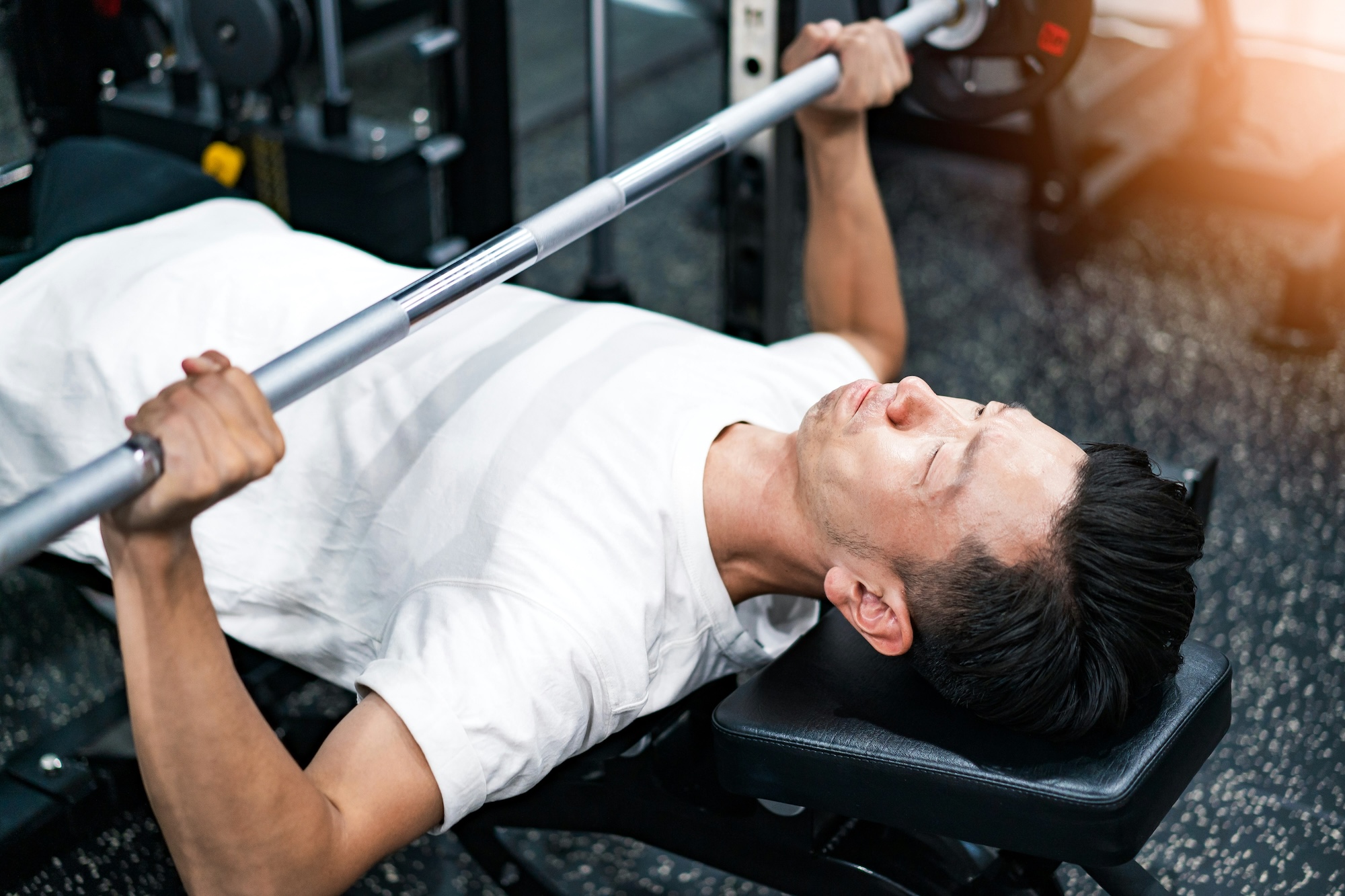Because the easiest way to avoid mechanical issues on race day is to do a bike check
Photo by Rafael Carulla/Unsplash
Nothing ruins race day quite like a mechanical failure. The feeling that all your training and conditioning for the big event has gone to waste, along with thoughts of what you could have done to prevent it, can be demoralizing. If you’ve never encountered one, consider yourself lucky—although not immune.
While not all race day mishaps can be anticipated or prevented, most can be avoided with proper care and planning. In this special series, we present some bike preparation steps to follow, starting with what you should do days before the event.
Switch to race wheels
Get comfortable riding in everything that you plan on taking with you for the race. Anything installed or used at the last minute will just leave room for unanticipated issues.
Usually, your aero setup, kit, and nutrition are already in place throughout training, save for your racing wheelsets. It’s a good idea to change out of your training wheels and into the wheelset you’re planning to race with a few rides ahead so you can check for any issues. Here are some of the most common:
- Look for wear on the cassette such as broken teeth or teeth with significant wear
- Check for smoothness of shifting gears and accessibility of all combinations through a variety of riding conditions
- Adjusting brake pads may be necessary to ensure good braking power, clearance, and proper contact with the racing wheelset’s braking surface
- Check the condition of your wheelset such as loose spokes, embedded debris, wear and tear on inner tubes, and signs of excess wear on the tire surface
While not all race day mishaps can be anticipated or prevented, most can be avoided with a proper bike check
Check for age
Several components on a bike will age fairly quickly depending on care and use. While you should be checking on these parts every now and then, doing so a few days before a race is critical:
- Wheelsets should have a clean, round surface
- Tubes should retain air well
- Brake pads are still thick
- Cassette and crankset do not show worn teeth
- Chain does not slip
- Cleats are in good shape
Your last bike cleaning is also a great time to look closely at your frame surface to check for any cracks and signs of wear. Damage to the cable and their jackets as well as scratches or cracks on the underside of the bike are easiest to spot.
Go on a test ride
Paying special attention to your bike days before a race can help you check for anything that merits a visit to your bike mechanic. Remember that you don’t do yourself or your mechanic any favors if you visit him too close to a big event, as bike shops tend to be busy during that time.
Check for any unusual feeling on the bike, especially sounds or vibrations. You and your mechanic will save a lot of time if you take note of the specific conditions that might be related to the problem and try your best to explain it to him.
Learn more here:














































